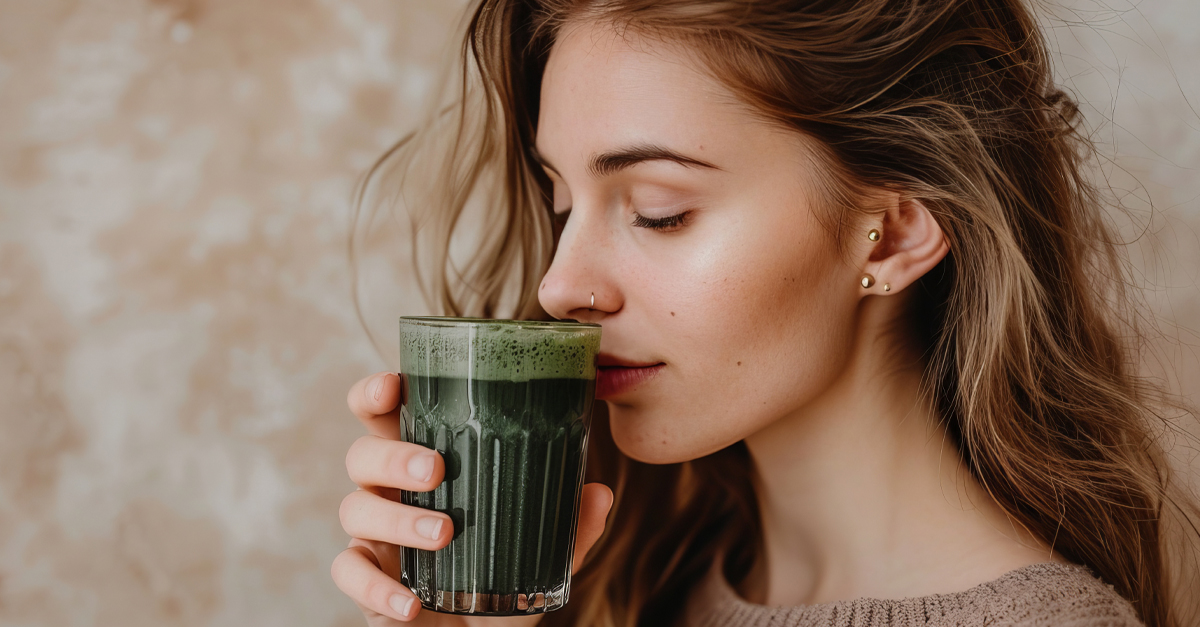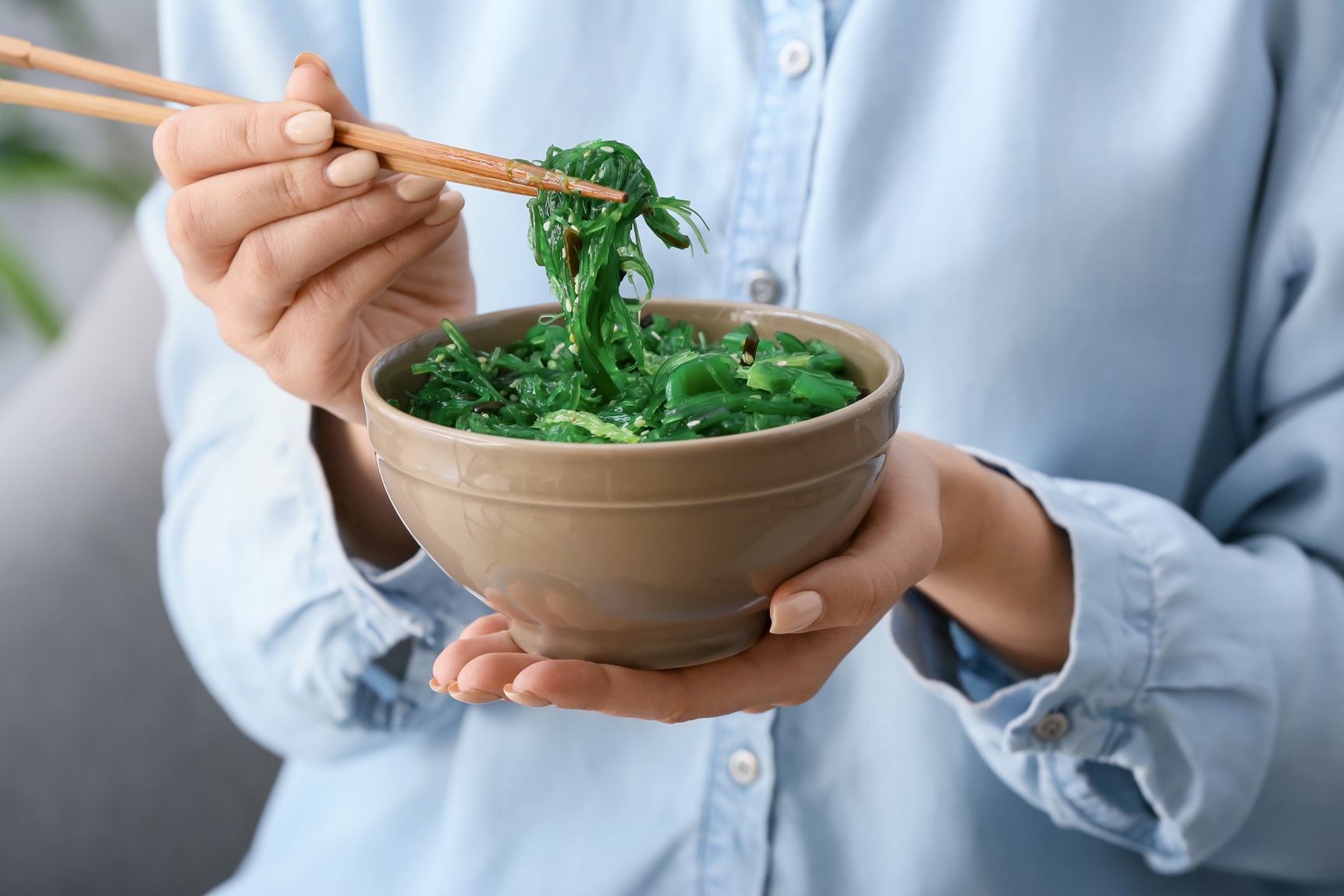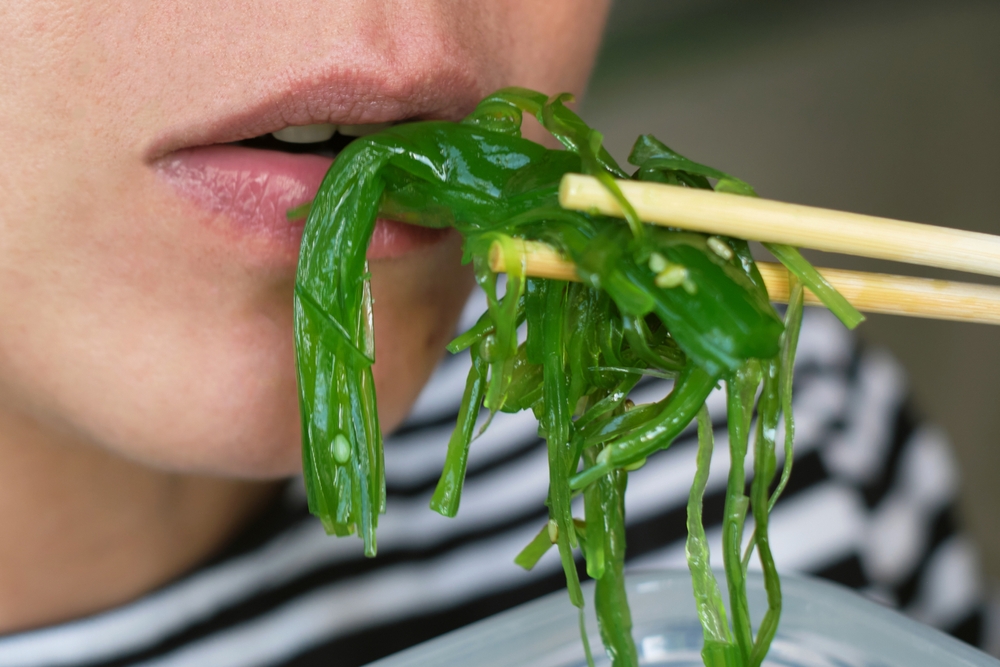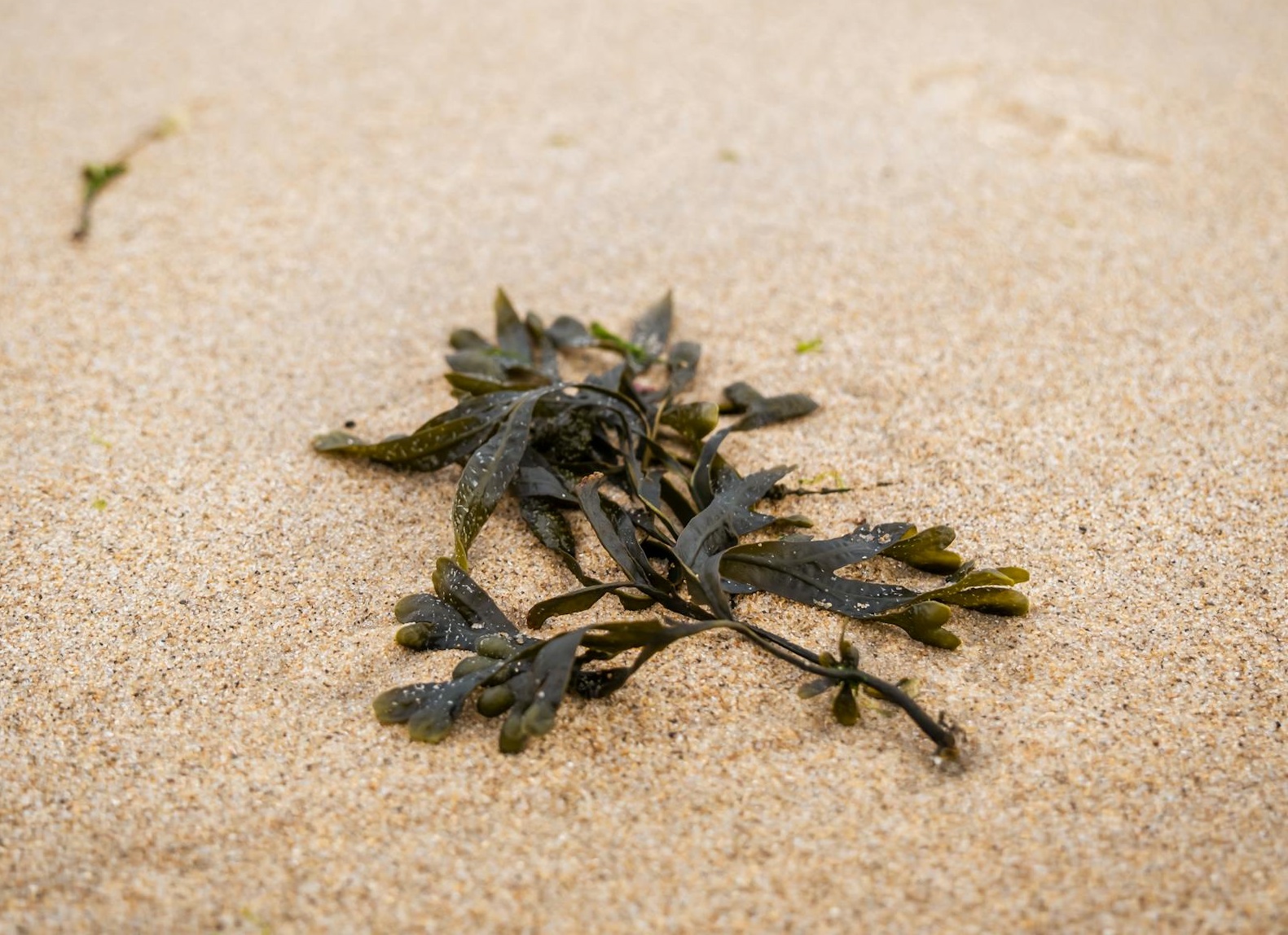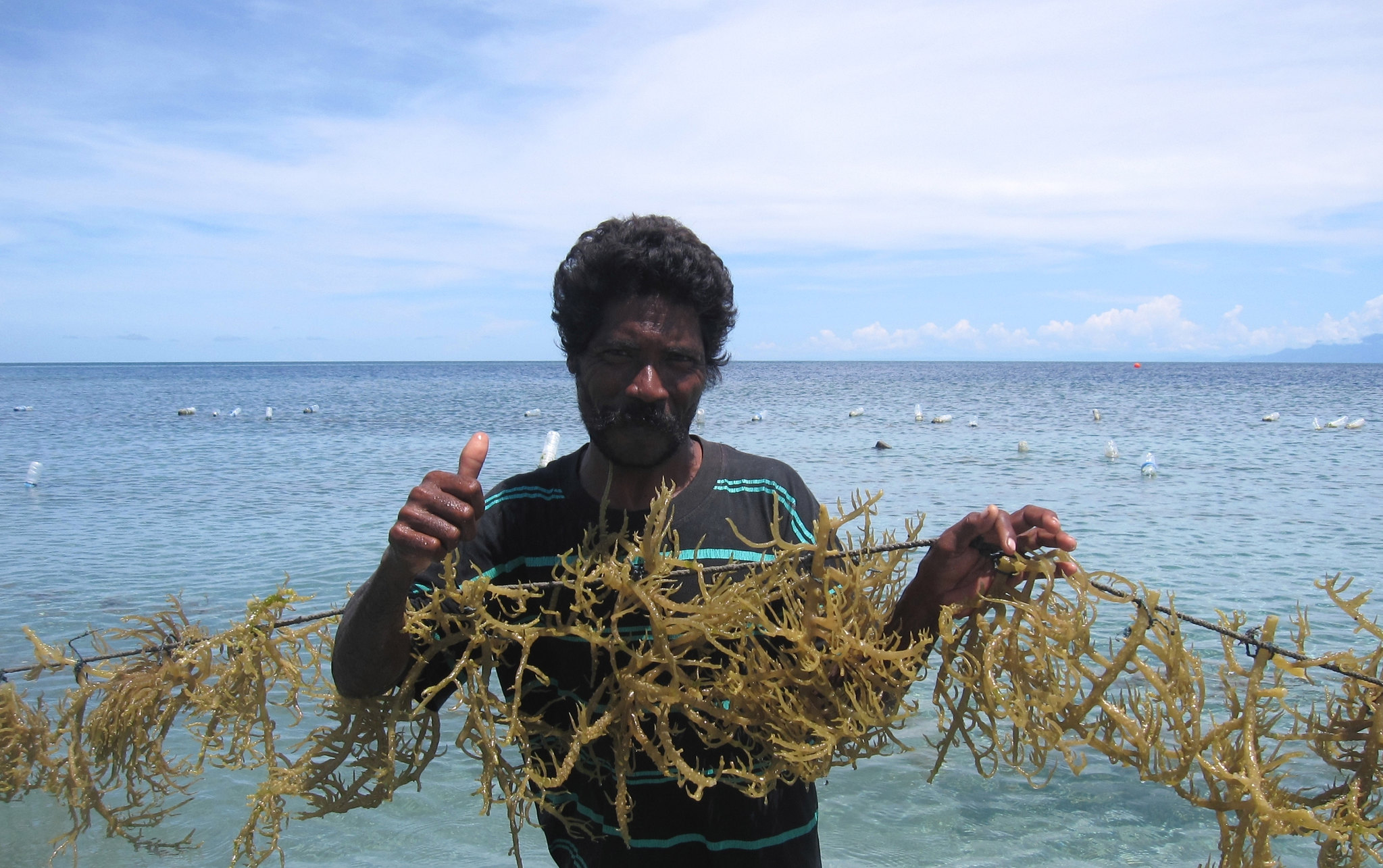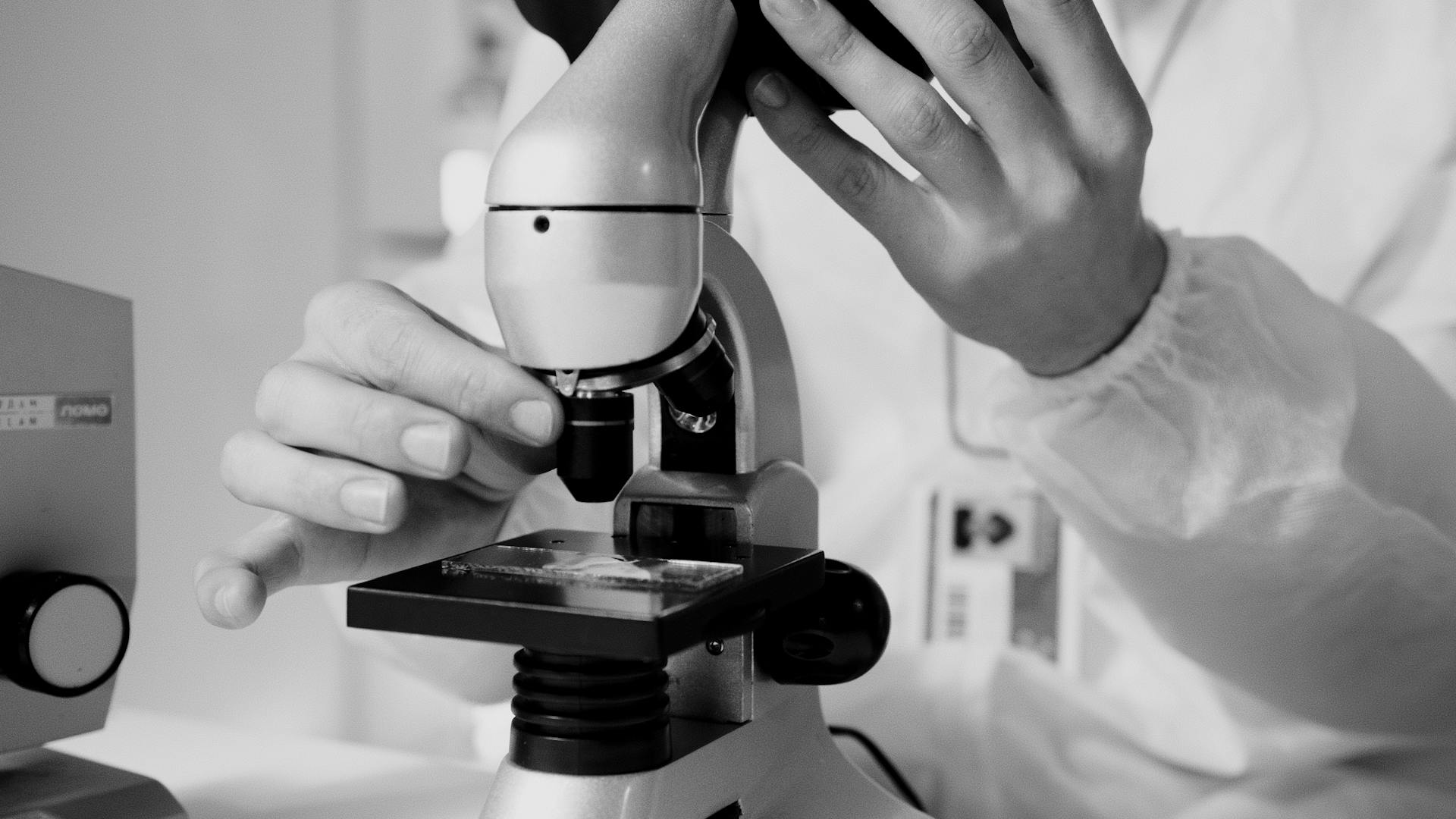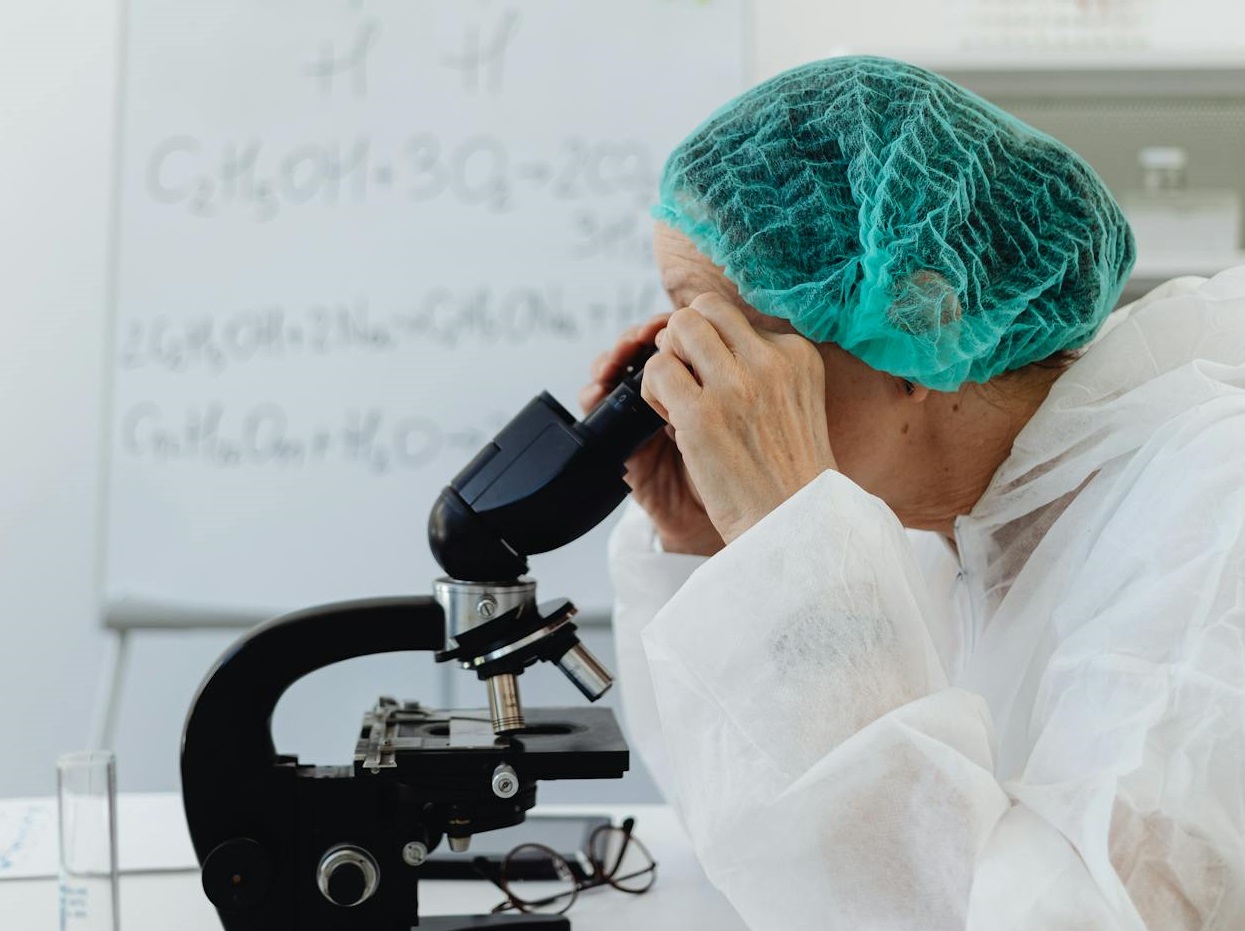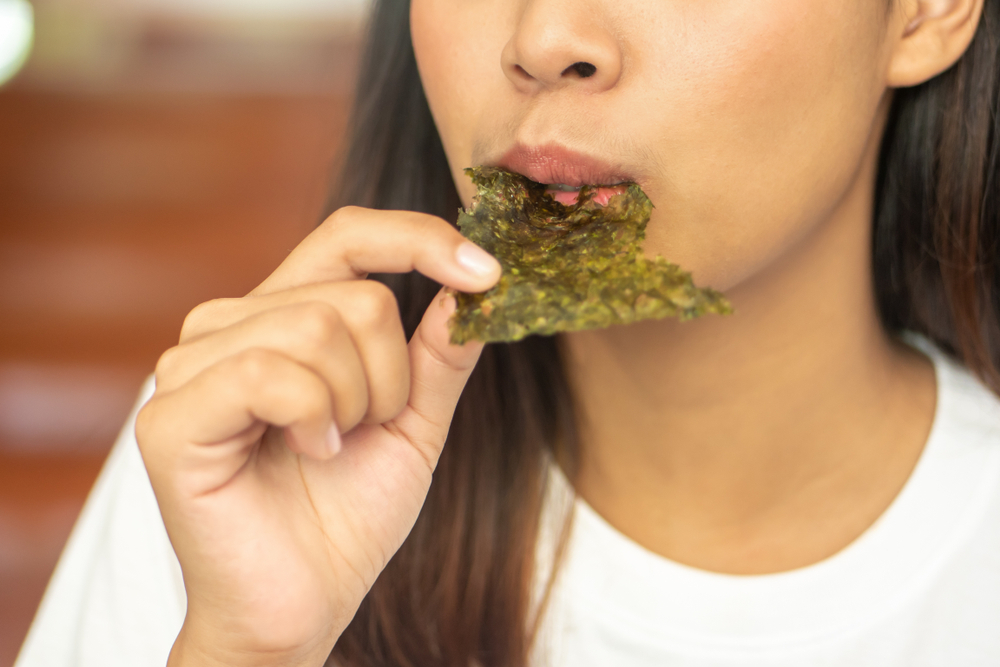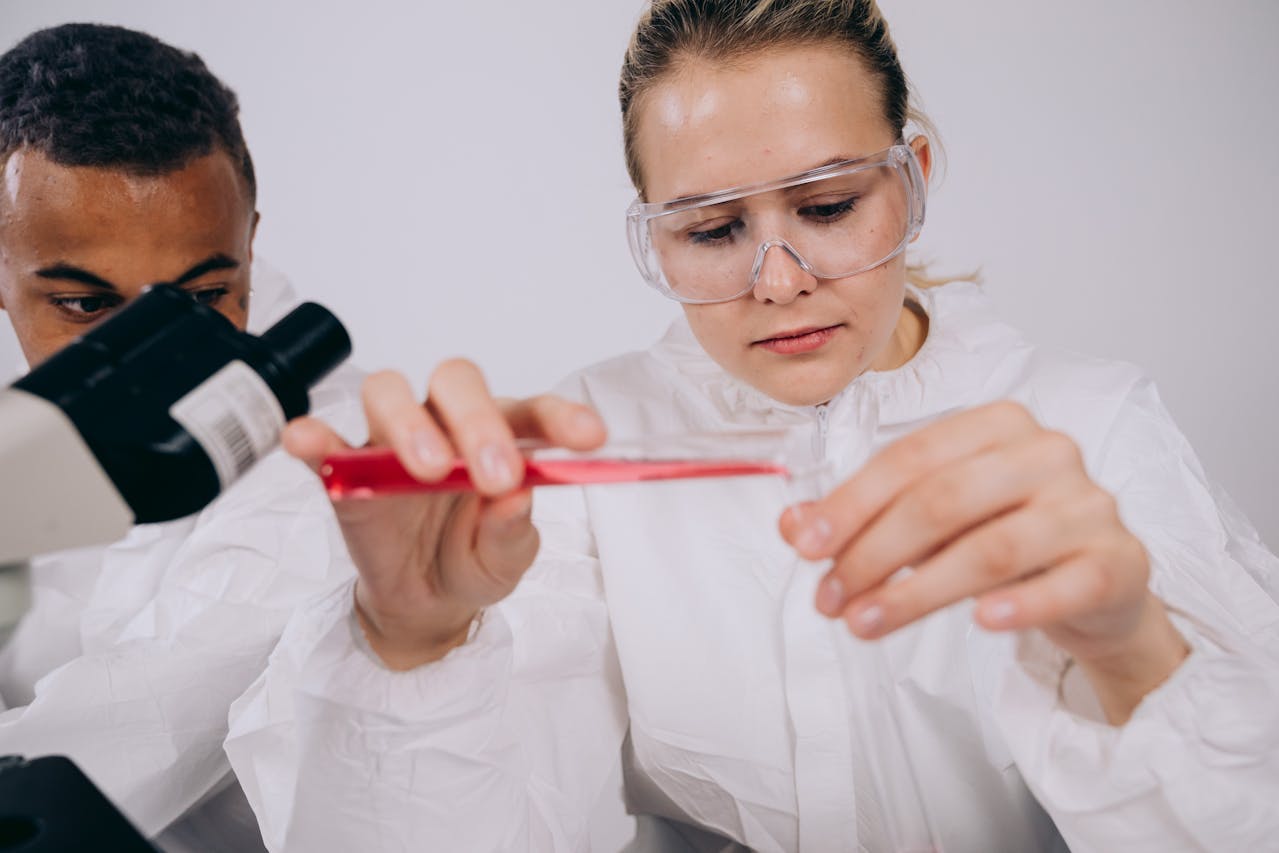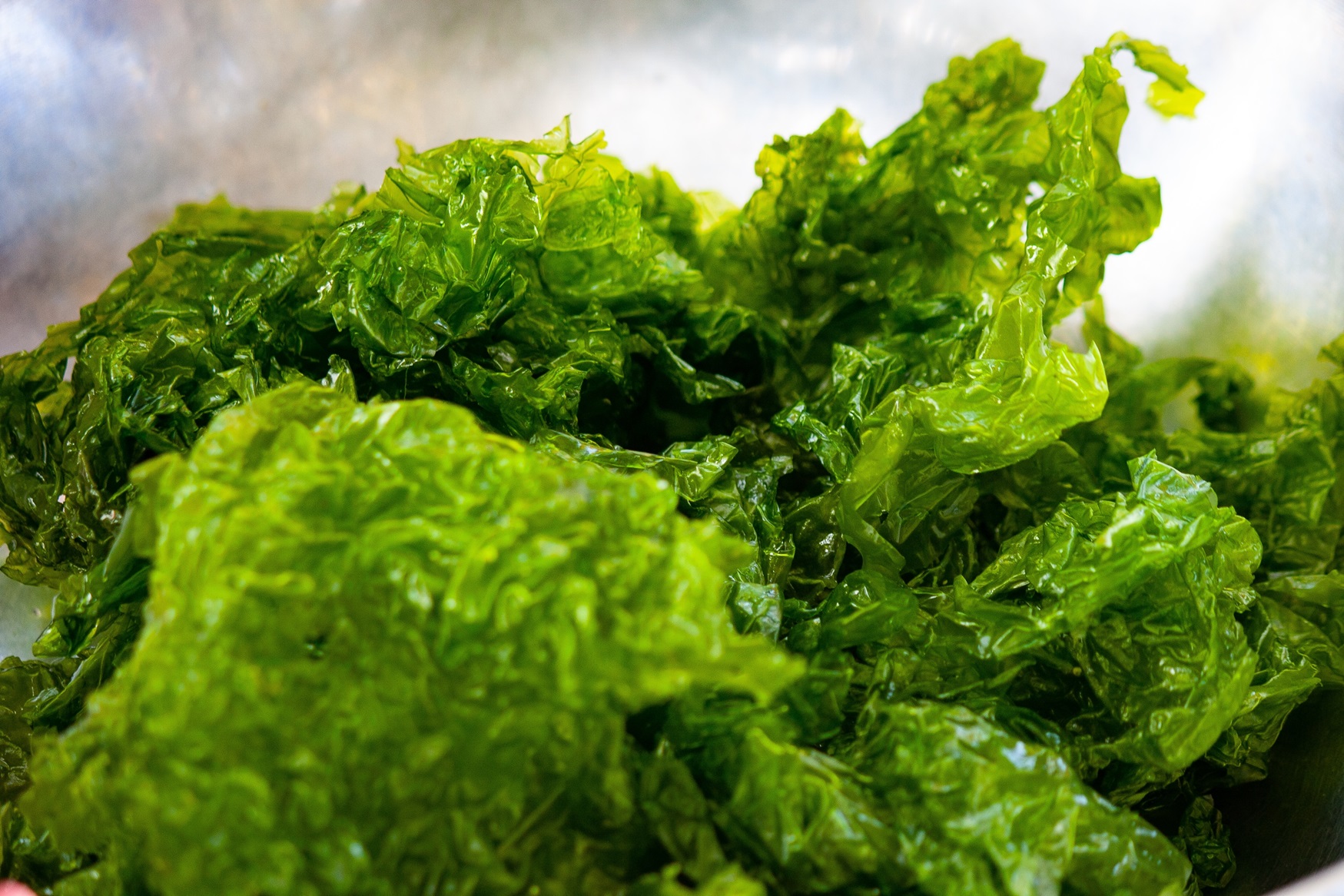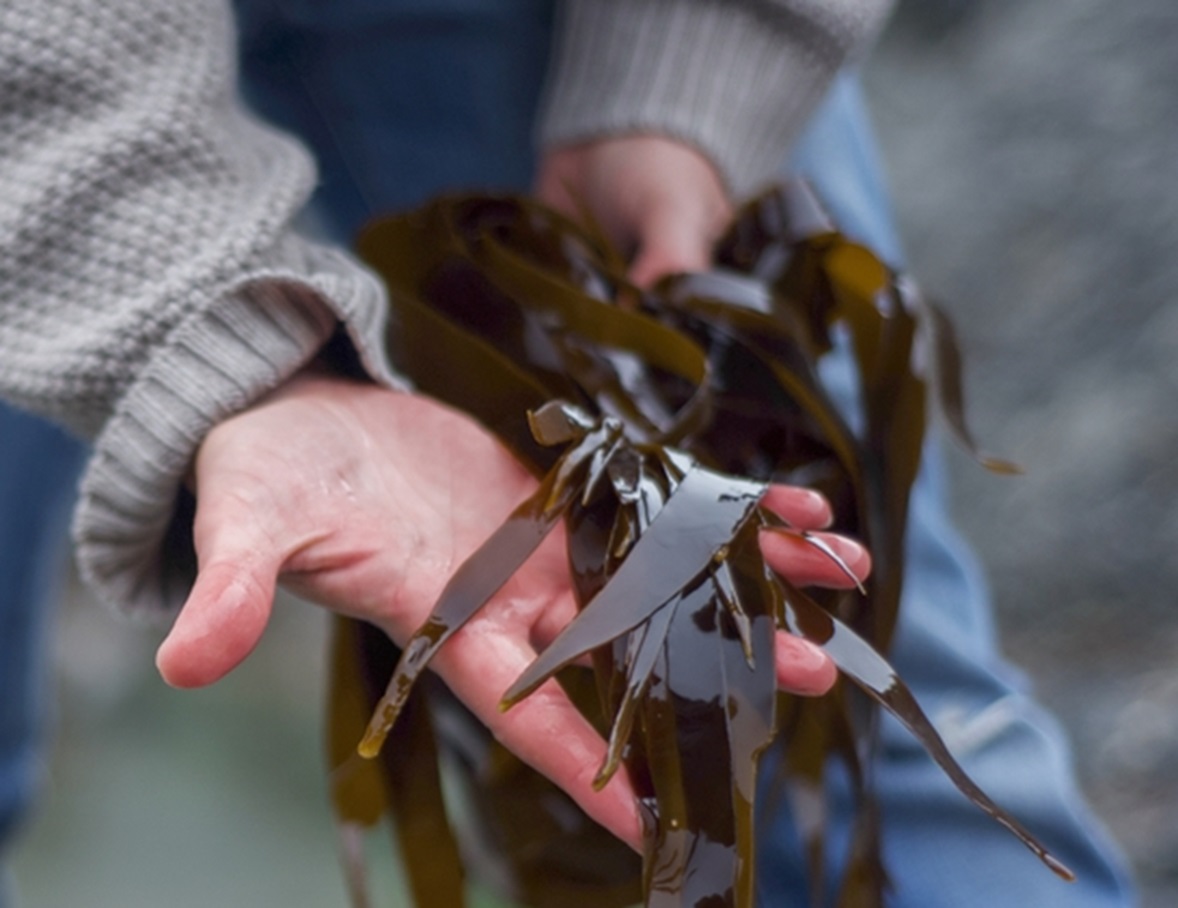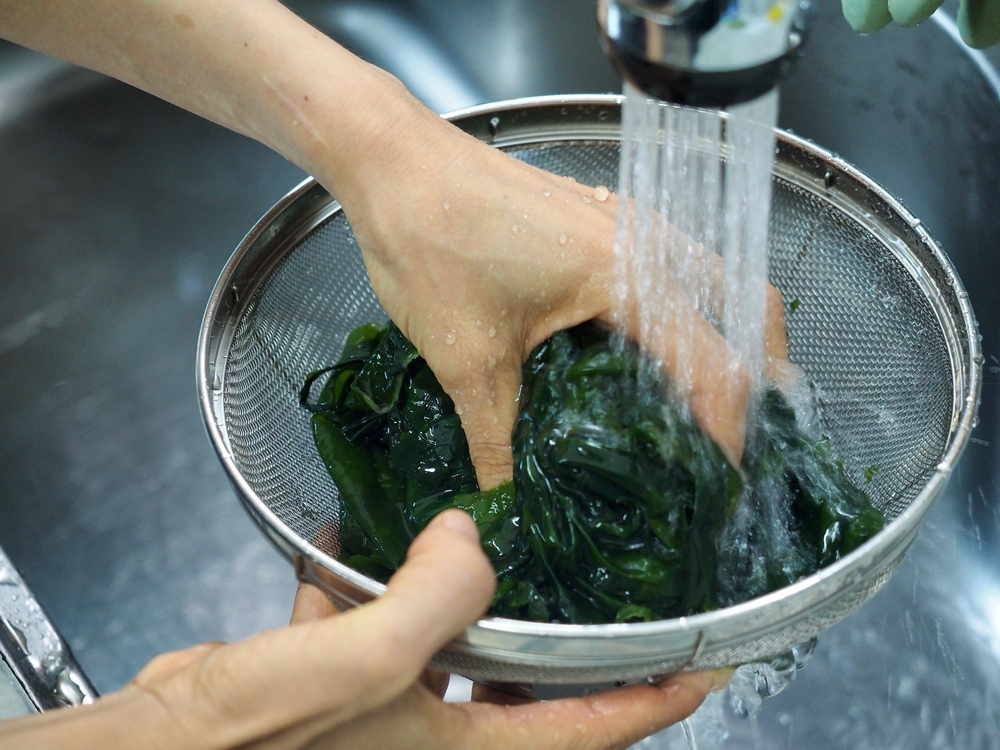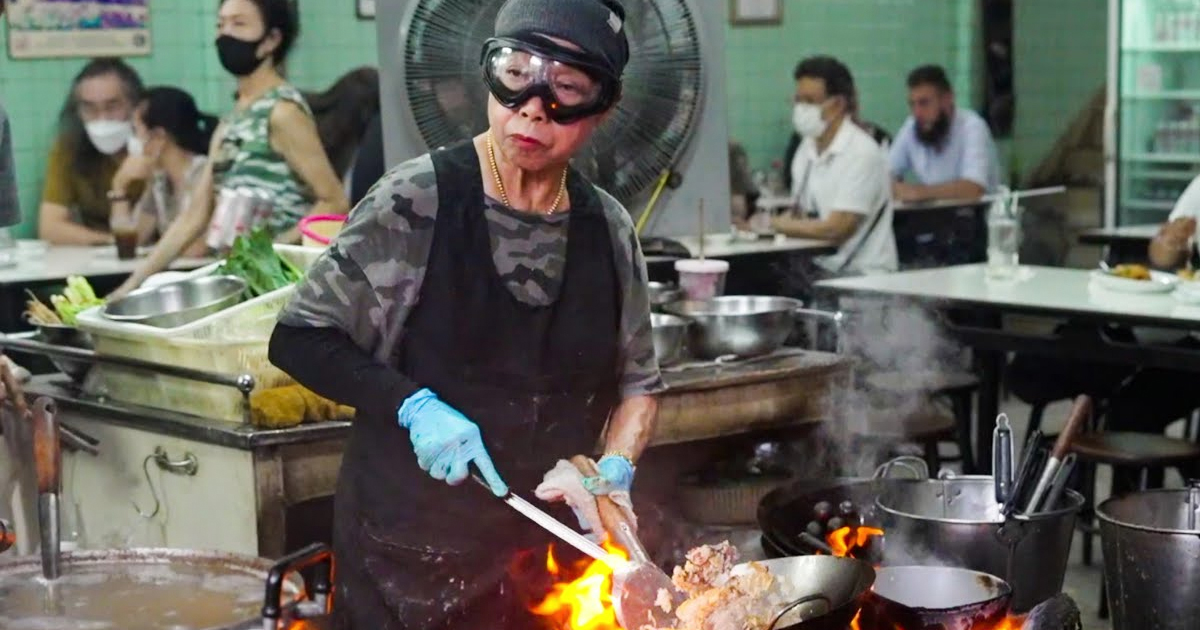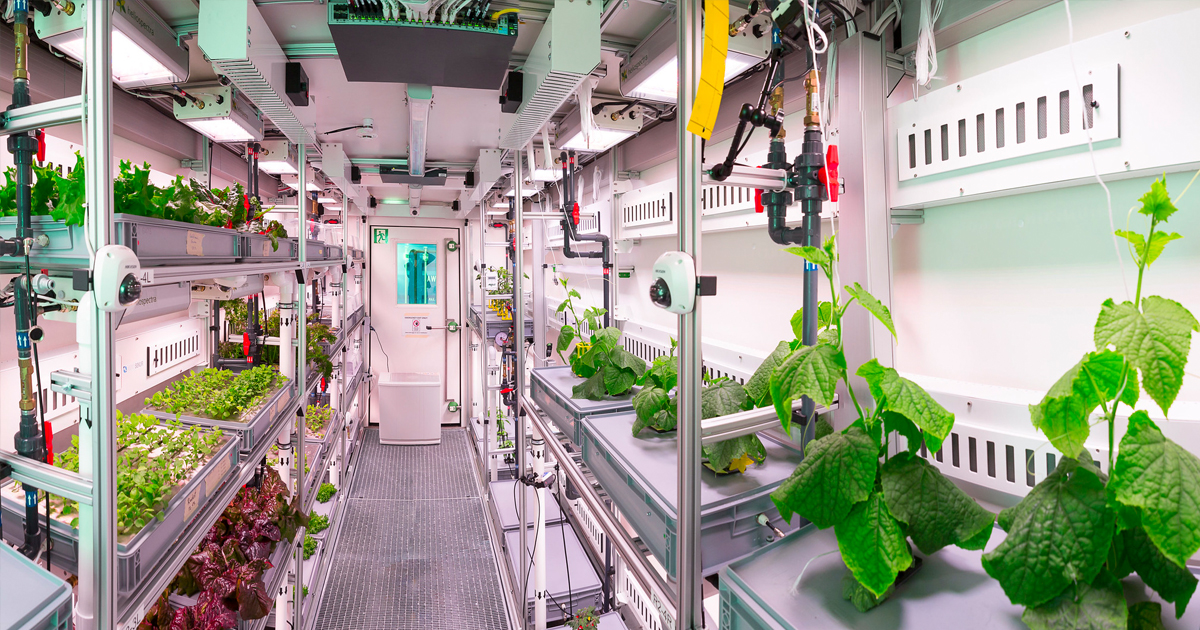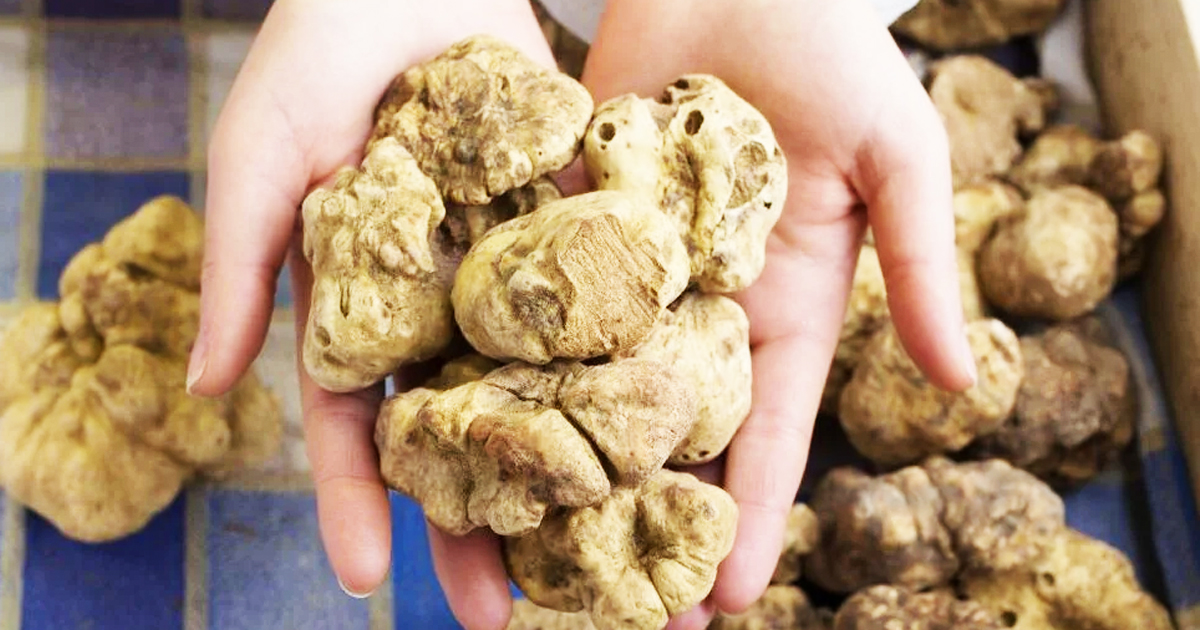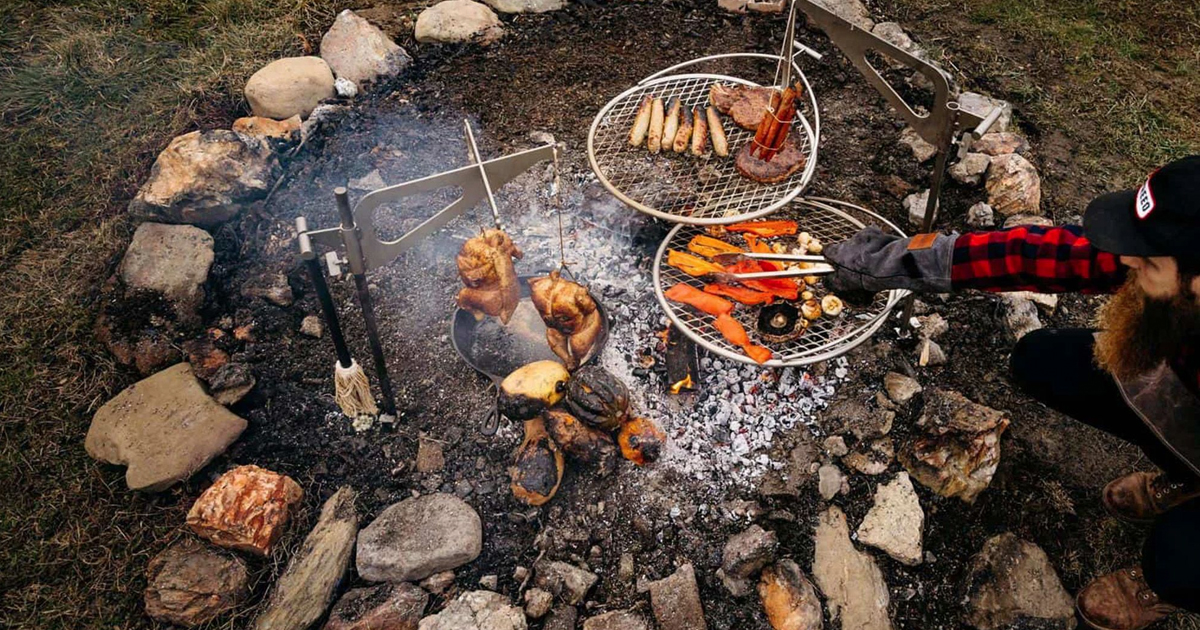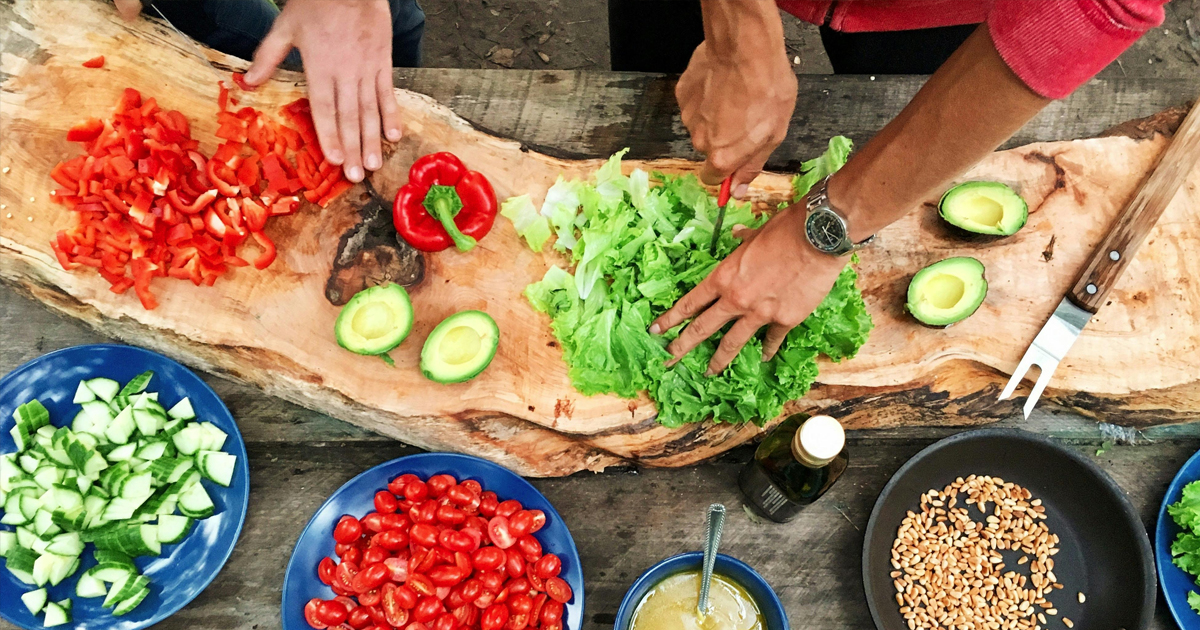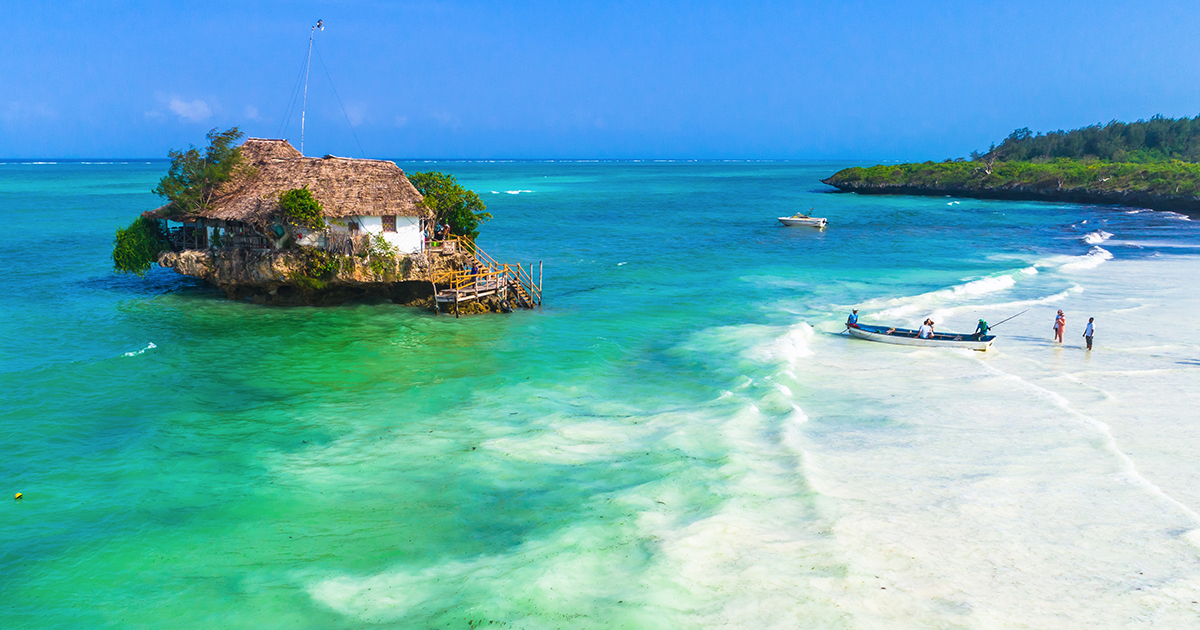Seaweed For Dinner
For thousands of years, European cultures considered seaweed and other aquatic plants to be a "famine food" that would only be eaten under the most dire circumstances.
But new evidence is showing Europeans once ate a lot more of this ancient superfood than we ever realized.
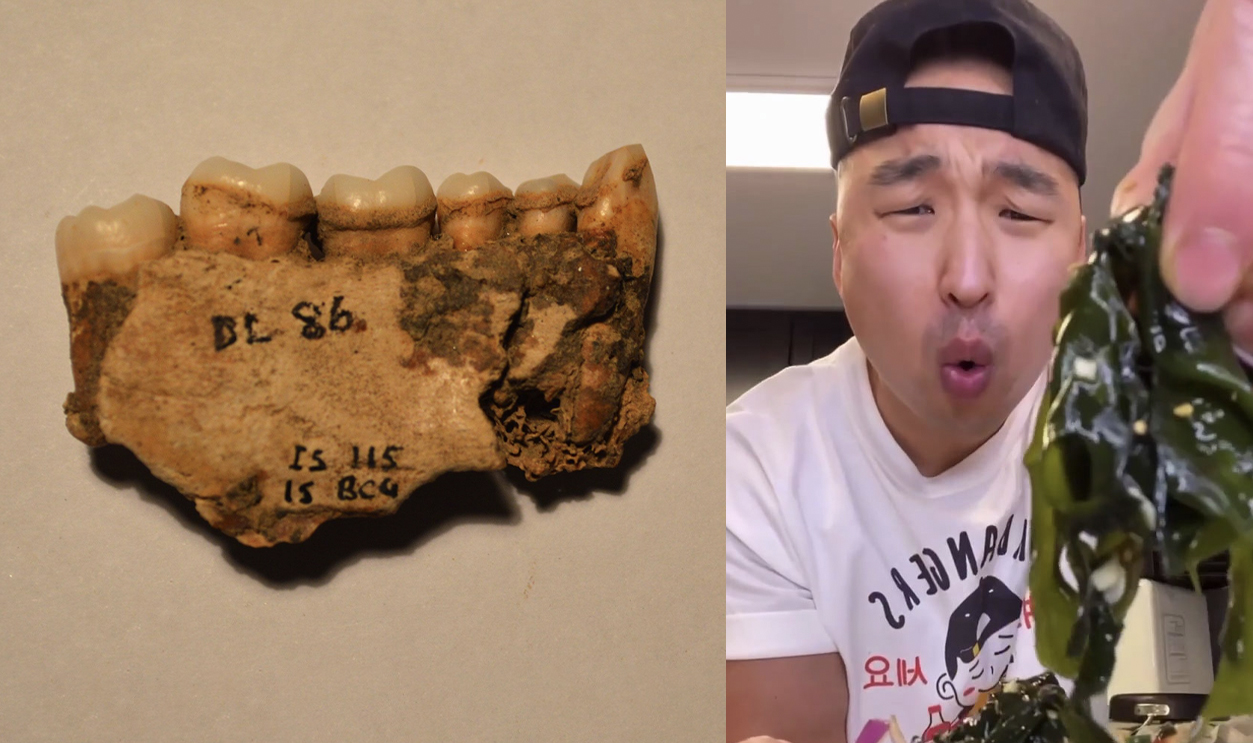
Superfood
More than 145 different species of seaweed are commonly eaten today and they're known for their health benefits, being high in antioxidants and beneficial nutrients like iodine and tyrosine.
But while seaweed is mostly consumed in Asia today, that wasn't always the case.
Seaweed Is Found In Our Ancestors' Teeth
Today, seaweed is virtually absent from diets in the Western world, but this nutrient-rich food was once considered a staple—at least, according to the molecular analysis of fossilized dental plaque.
Seaweed Wasn't Just For Fertilizer
A study published in the journal Nature Communication reveals new evidence about how important seaweed was as a food source for ancient Europeans.
Evidence of seaweed at archaeological sites did exist before this study, but previous researchers tended to assume it was mainly used for fuel or fertilizer. But then how did it get in their teeth?
An Exciting Discovery
One of the authors of the study, Karen Hardy, released a statement saying, "It is very exciting to be able to show definitively that seaweeds and other local freshwater plants were eaten across a long period in our European past".
Hardy and the team's research proves there's still so much we do not know about our past.
A Joint Effort
Hardy and a team of researchers from the University of Glasgow and the University of York examined the teeth of 74 individuals in the study, from 28 different sites all across Europe, ranging from Northern Scotland to Spain to Lithuania.
They Covered A Broad Range
The oldest teeth in the study were over 8,000 years old, while the most recent were close to 2,000 years old. Each of these teeth provided an exciting new archaeological resource that hadn't been tested in a study like this before: Plaque.
Good Thing They Didn't Go To The Dentist
The only way to get plaque off your teeth is to scrape it off—and ancient peoples weren't great at scheduling dental cleanings.
Bad for them—but good for archaeologists.
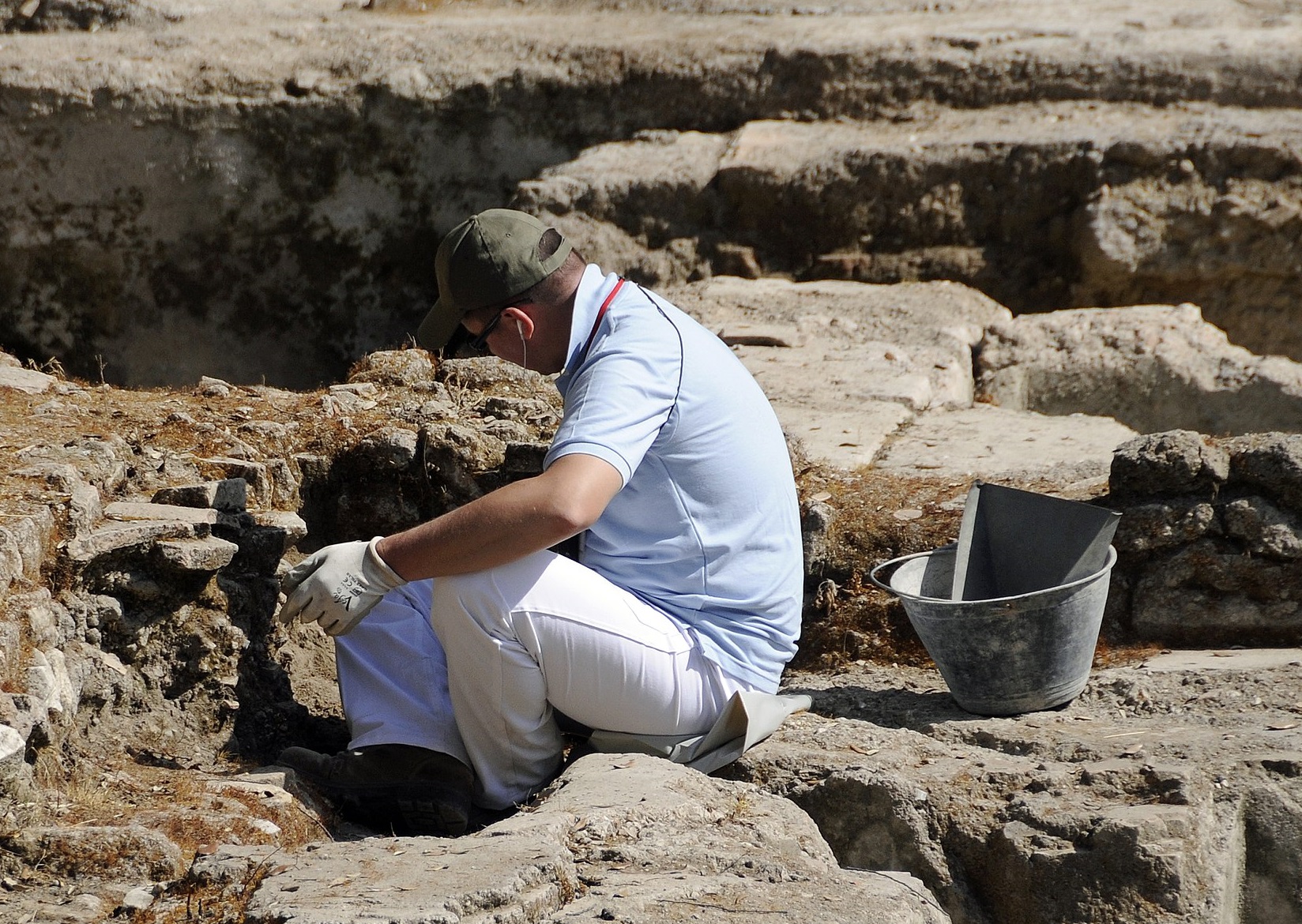 Son of Groucho, CC BY 2.0, Wikimedia Commons
Son of Groucho, CC BY 2.0, Wikimedia Commons
The Plaque Is The Key
For ancient people, plaque would just accumulate over their lives, building up an incredibly durable, in incomplete, record of what a person has eaten.
For archaeologists like Hardy, this is a key source of information about the daily lives of our prehistoric ancestors.
Seaweed Stands Out
Hardy noted that seaweed has a “distinct, unusual and complex organic chemistry" that leaves "highly resilient biomarkers" thanks to three organic compounds: lipids, amino acids, and alkylpyrroles.
All that means that seaweed leaves its mark—at least, for researchers who know where to look.
Regular Plants Don't Hold Up
Seaweed isn't the only kind of plant that can leave distinctive biomarkers in dental plaque, but seaweed happens to have a particularly durable cocktail that can endure for millennia on teeth.
So while dental plaque analysis may not give a full dietary picture, there was clear evidence of eating seaweed found in the teeth from the study.
They Found Lots Of Evidence
Of the teeth that researchers analyzed, 37 samples, belonging to 33 individuals, had the chemical markers necessary to give insight into the individual's diet.
And of those 37 samples, 26 of them revealed evidence of seaweed or other aquatic plants in the teeth.
There Was Evidence Of Different Kinds Of Seaweed
The team's analysis of these samples revealed that these ancient people ate, or at the very least chewed, many different kinds of seaweed, including red, green, and brown algae.
All seaweed is, after all, just large, complex algae.
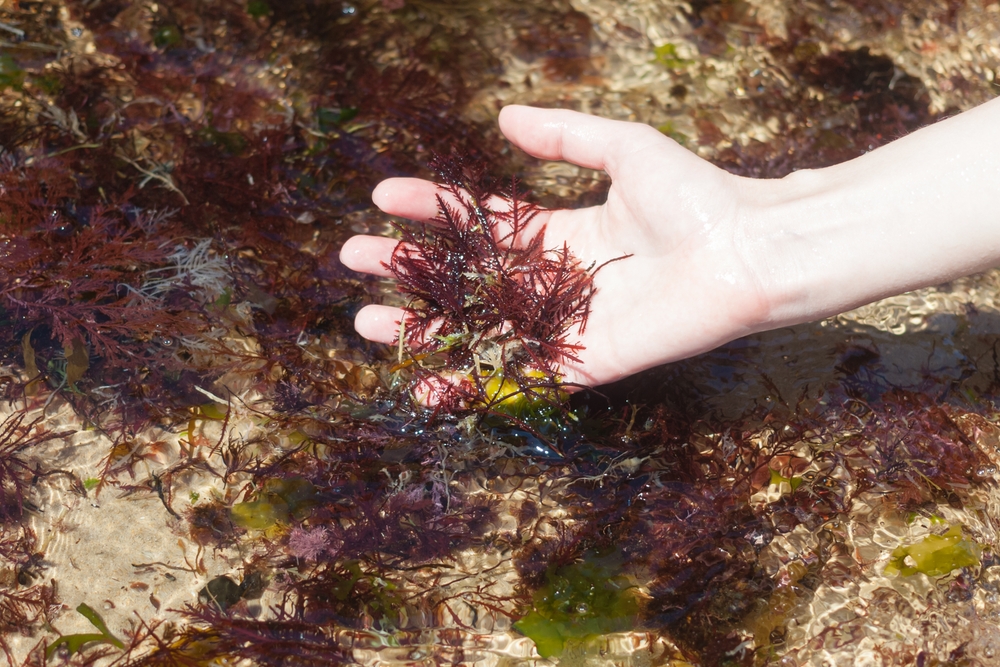 Albina Matveytseva, Shutterstock
Albina Matveytseva, Shutterstock
Not Just Seaweed
Chemical markers on the teeth also showed evidence of other types aquatic plants, including pondweed and water lilies.
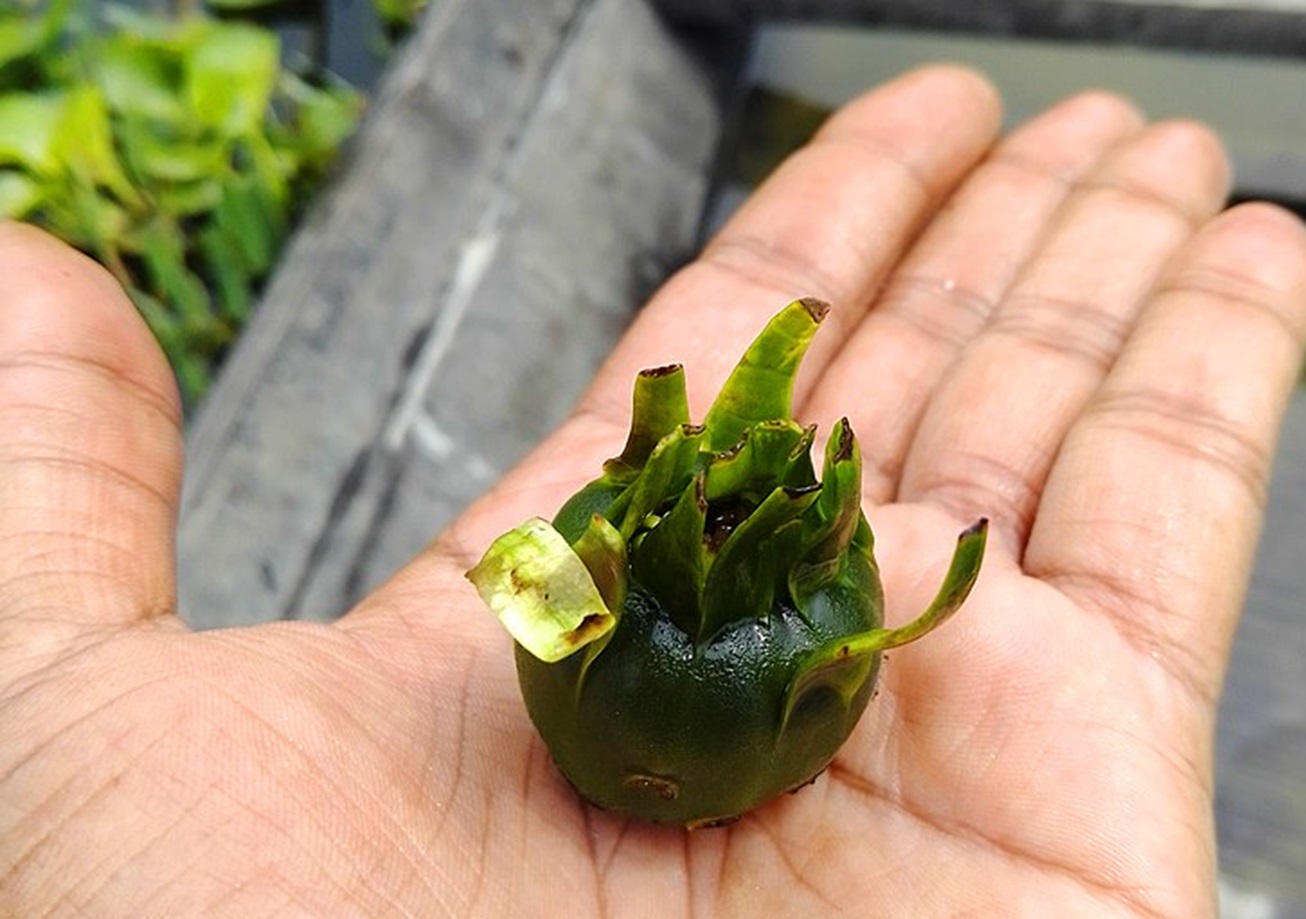 Shanealiwalker, CC BY-SA 4.0, Wikimedia Commons
Shanealiwalker, CC BY-SA 4.0, Wikimedia Commons
The Benefits Of Seaweed
Stephen Buckley, a co-author of the study, said of the evidence: "This strongly suggests that the nutritional benefits of seaweed were sufficiently well understood by these ancient populations that they maintained their dietary link with the sea".
There Was Even More Some Evidence
Some of the remains studied came from chambered cairns and tombs in the Orkney Islands in Scotland, and these revealed biomolecular evidence of eating both seaweed and a brassica that was likely sea kale.
 Unukorno, CC BY 4.0, Wikimedia Commons
Unukorno, CC BY 4.0, Wikimedia Commons
Not Just On The Coast
It wasn't only people on the coast who sought out the nutritional benefits of seaweed. The researchers found seaweed in the teeth from La Corona, a site in southeast Spain dating to 6,000 BC.
The difference? La Corona is 50 miles from the coast.
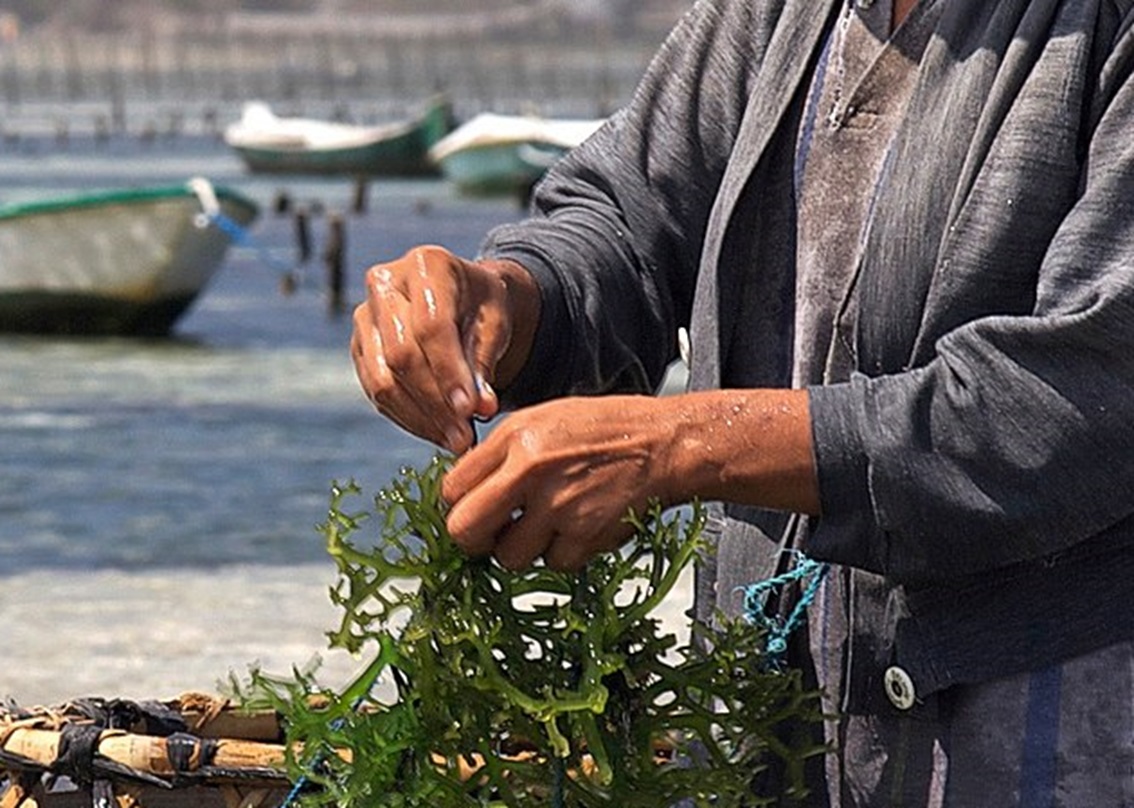 Jean-Marie Hullot, Jmhullot , CC BY-SA 2.0, Wikimedia Commons
Jean-Marie Hullot, Jmhullot , CC BY-SA 2.0, Wikimedia Commons
There's More To Learn
Traces of seaweed can survive in dental plaque, but outside that it does not preserve well, so we don't know much more than the fact that people did eat it.
We don't yet know if the seaweed was cooked or eaten raw.
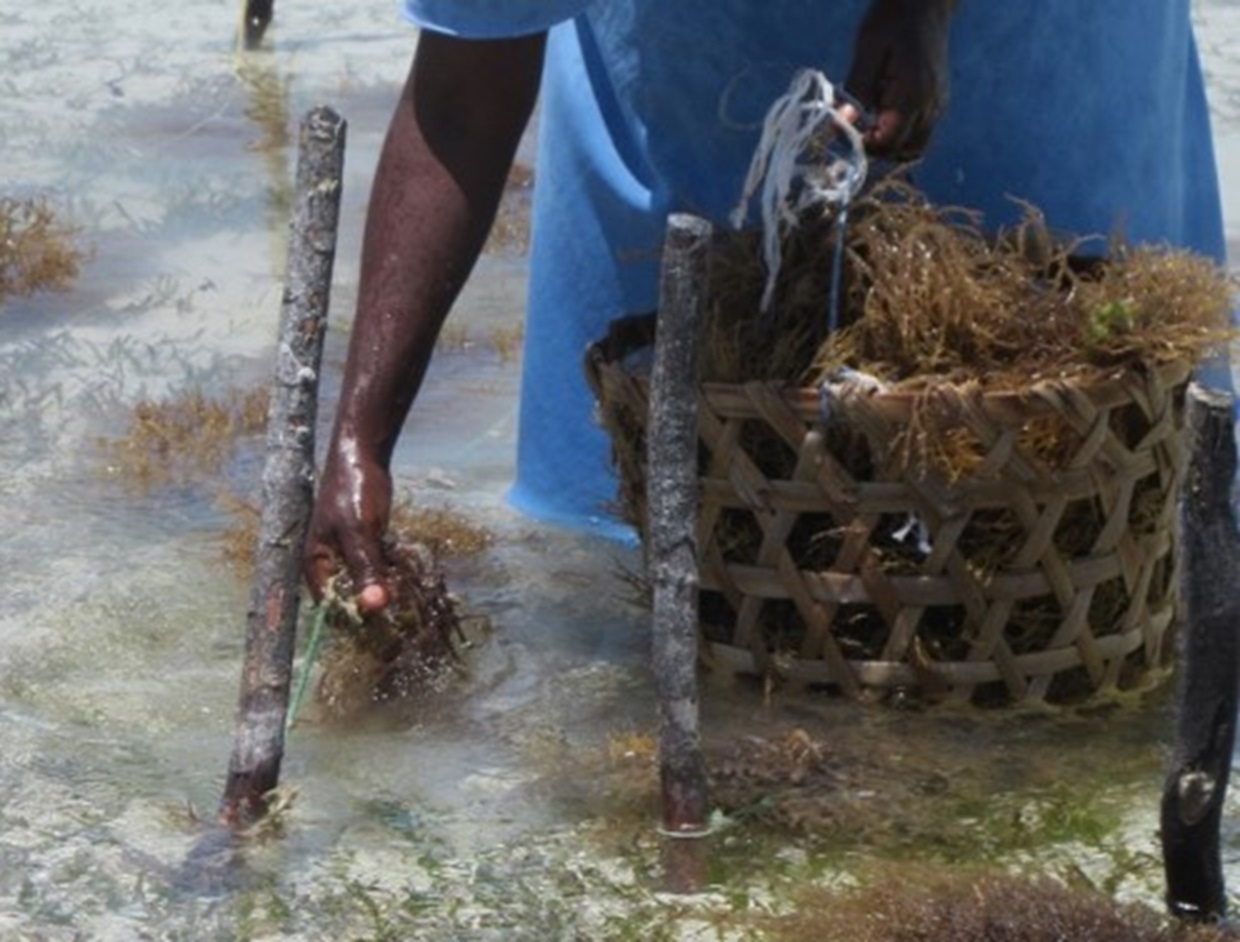 Jrwalz, CC BY-SA 4.0, Wikimedia Commons
Jrwalz, CC BY-SA 4.0, Wikimedia Commons
They Want Us To Eat More Seaweed
The authors of the study say it's reasonable to assume that ancient Europeans would have considered seaweed to be staple food, especially considering its nutrition benefits and the ease of collection for hunter gatherer and early agricultural societies.
The researchers hope their study will lead to an increase in awareness of the benefits of seaweeds and freshwater plants in our diets today.

